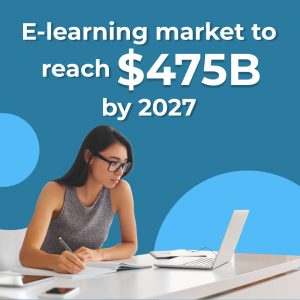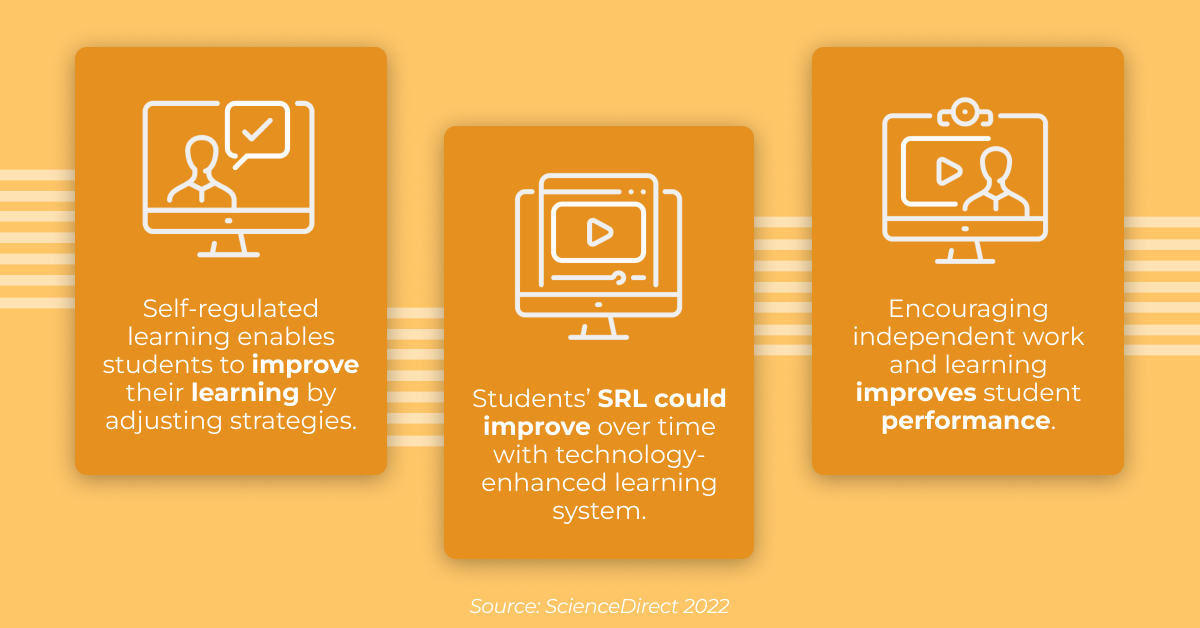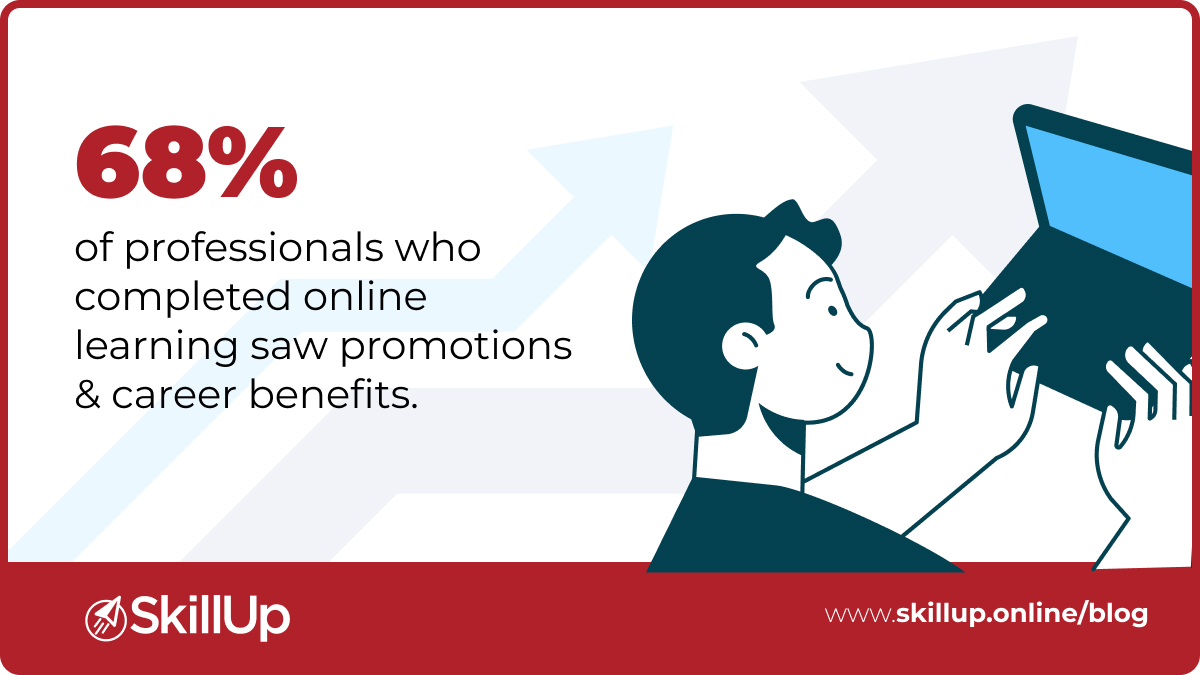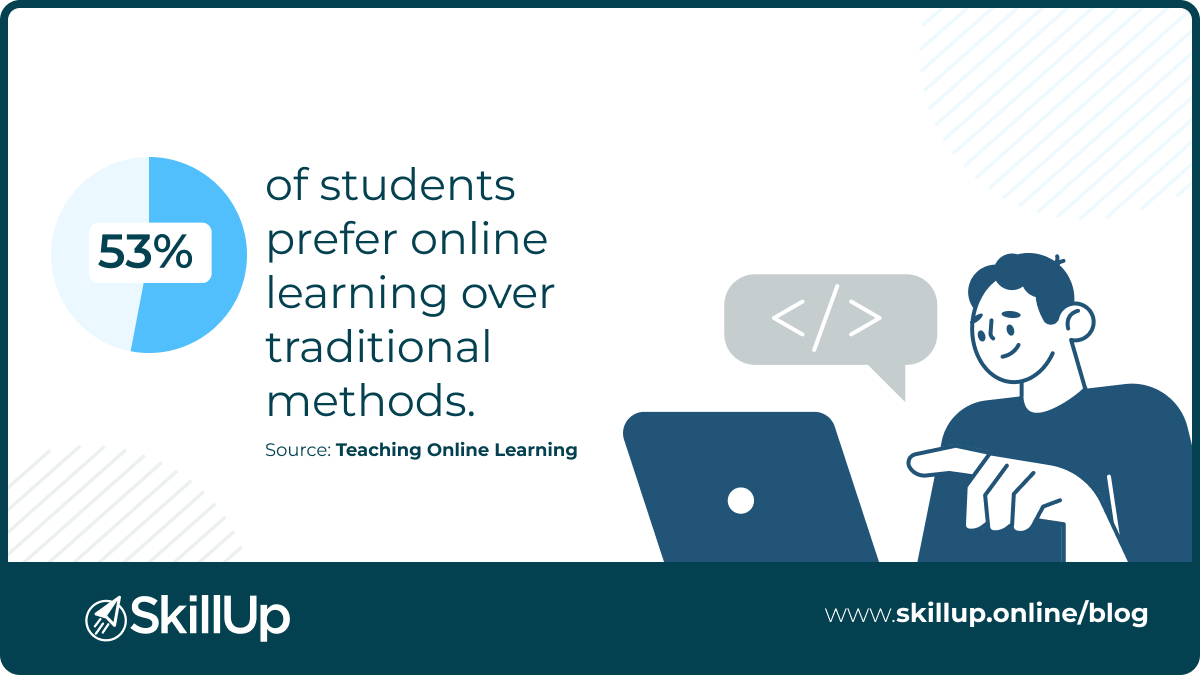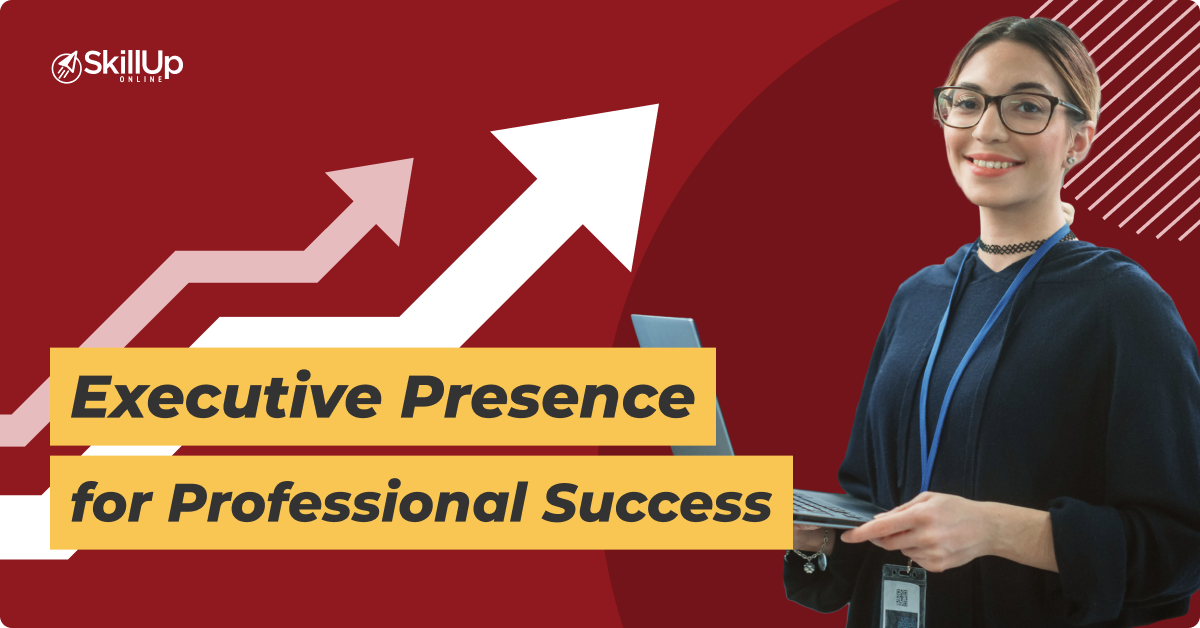Online training and the machine learning revolution
Historically, our education system has developed to make life easier for educators and administrators. On the face of it, that brings significant benefits to a system that caters to a large number of people. However, the systems we have built are designed to deliver learning through mass education. And this approach treats learners as a single block and sets up a process that imparts knowledge, skills, and assessment through the lens of what the educators – i.e., teachers, gurus, and instructors – believe works.
The challenge educators face now is that the era of digital transformation is turning this model on its head. Recent data suggests the decision of what and how to learn is shifting to the learner. The October 2022 report from the National Student Clearinghouse Research Center (NSCRC) shows that college enrollments have been down year-on-year for the last three years. However, on the flip side, according to data analysts Arizton, the global e-learning market is projected to grow at a CAGR of 14.22% to reach $475 billion by 2027. These adjustments could be for various reasons, but a fundamental change in society has influenced this decision-making too.
These days, every person feels unique and wants an experience tailored to their needs and preferences. McKinsey’s Next in Personalization 2021 Report highlights that 71% of consumers expect companies to deliver personalized interactions. And it’s no surprise, when you consider the on-demand entertainment experience provided by Netflix and the tailored recommendations supplied by online retail outlets. The upshot is that this personalized world is now prompting students to ask if the education system is meeting their individual needs; and their gut response is that it isn’t.
In 2021, Harvard Business Review reported that, in the previous five years, nearly one in five (19%) American college students felt their education experience did not provide them with the skills needed to perform their first post-degree job. However, what’s interesting is that even back in 2018, a survey by EdTech Magazine found that 80% of students said that technology-enabled personalization would improve their learning experience.
So, it would seem that learners do want a curated learning path tailored to their needs. No one size fits all. And their experience of technology elsewhere has whetted their appetites for deciding what their learning should feel like too.
This attitudinal shift has brought education to an intersection with the powerful technological advancements offered by data science, machine learning, and artificial intelligence.
We now have mountains of data at our fingertips. Plus, we have a plethora of apps and systems that can access that information and analyze individual preferences to offer preferred choices in the blink of an eye. Machine learning algorithms are making it possible to parse personal data and learn aspects of an individual that even they themselves are not consciously aware of. And there’s no reason why this technology can’t provide educators with opportunities to make learning extremely learner-centric.
Machine learning can be used to customize curriculums by analyzing data on student performance and adapting the material and teaching methods accordingly. This can include identifying areas where a student is struggling, providing additional resources or support, and adjusting the pace of the curriculum to match a student’s learning style and abilities.
Carnegie Learning is illustrating this well with their work to utilize artificial intelligence to personalize math instructions for students. Their AI-powered math curriculum, called Cognitive Tutor, is able to analyze data on student performance and adjust the difficulty level and teaching methods accordingly. Already, this has been shown to improve student performance and engagement in a number of studies (Cen, Di, & Ye, 2019).
Thus, by offering an individually tailored learning path, content, and experiences, educators can speed up the learning process.
This is powerful stuff, but it still has to be harnessed in a meaningful way. Such learning systems can only succeed if they are underpinned by a comprehensive ML system that analyzes individual learner behavior, preferences, effectiveness, and performance and then applies that knowledge to produce meaningful recommendations and results. Content components will also need to be structured to ascribe individual costs, so the learner has the power of choice. Only then will a learner be empowered to make informed cost-benefit decisions based on knowing what works for them and how quickly they can build skills to get a better job.
None of this is simple to implement, of course. These are complex systems that learn and adjust as more data and usage builds. However, it is very achievable. And the building blocks for such systems are already in place in the form of multiple delivery formats; they just need machine learning to underpin the new approach.
Is it worth the effort? Absolutely. The results will speak for themselves. Everyone will learn more skills faster, they will retain their knowledge for longer, and they will be able to apply their learning more effectively. And the great thing is this is all highly scalable. So, with education battling to make sense of this era of digital disruption, is now the time for online learning to embrace the power of machine learning? The answer can only be yes.

CEO, SkillUp Group

